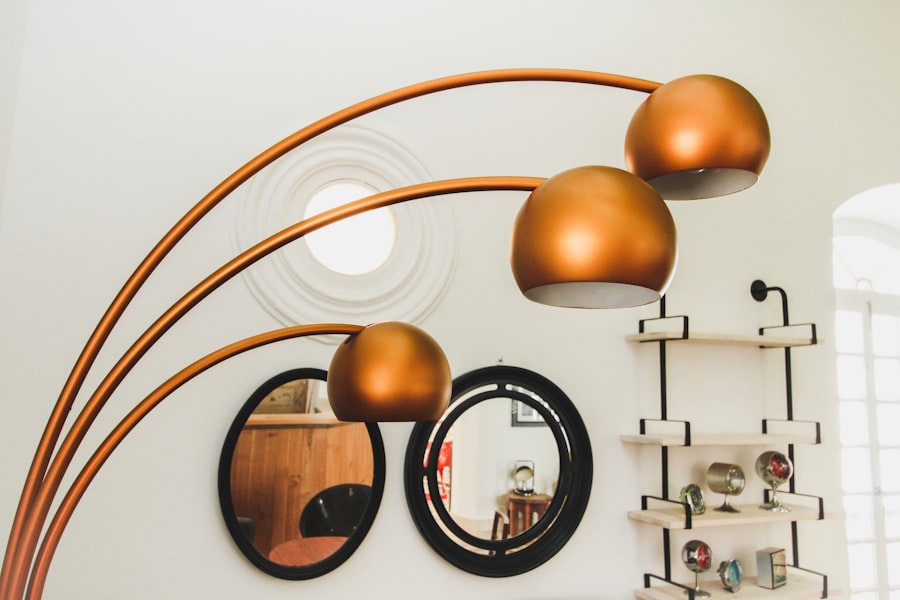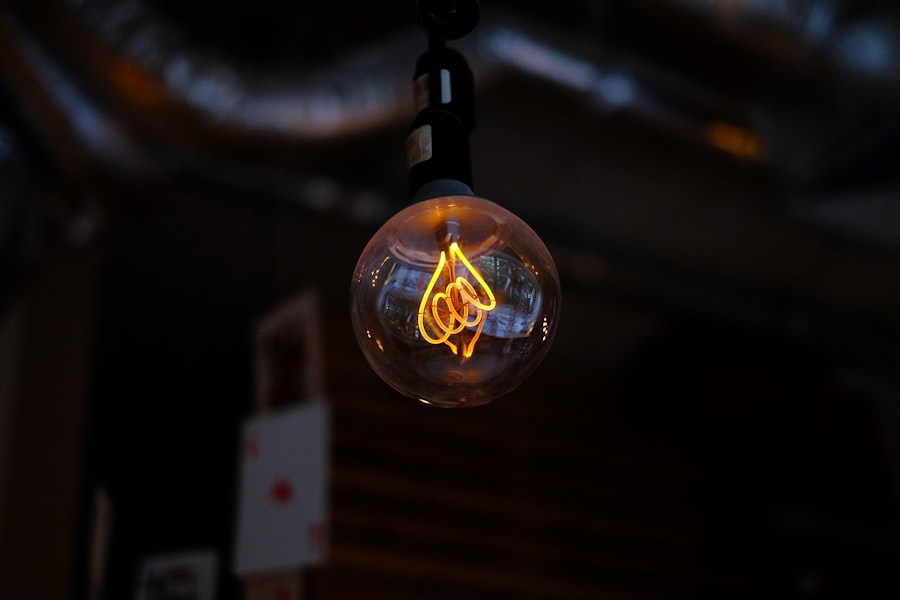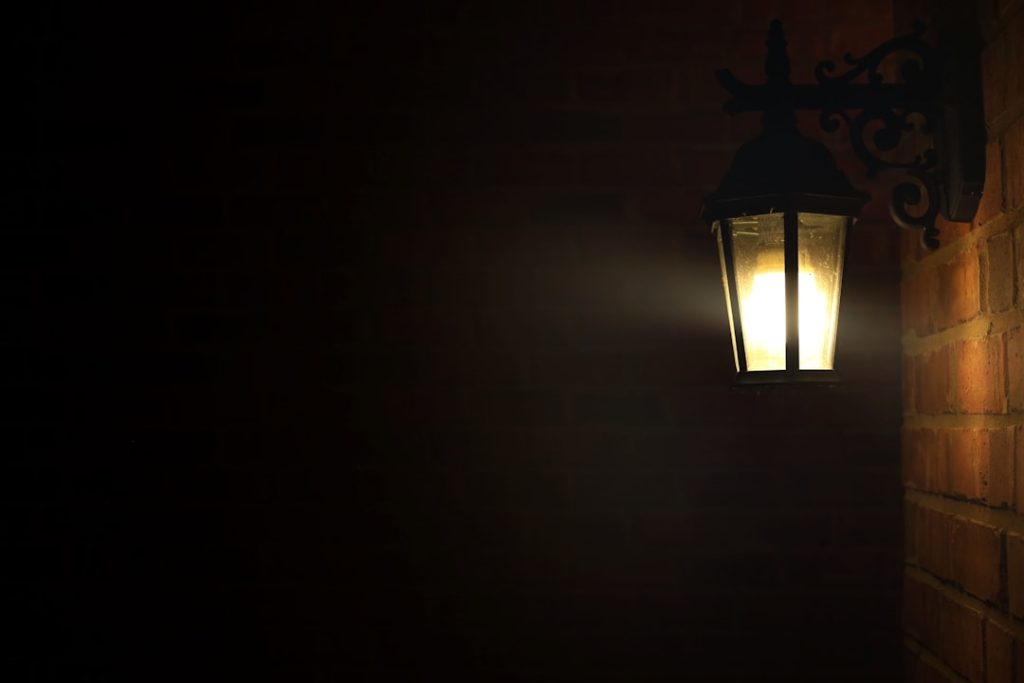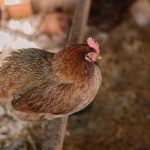Heat lamps are crucial for raising healthy baby chickens, or chicks. These devices provide the essential warmth that chicks require for survival and proper development during their early stages of life. Young chicks are unable to effectively regulate their body temperature, making them dependent on external heat sources.
Without adequate warmth, chicks are susceptible to hypothermia, which can result in illness or death. Therefore, it is vital for chicken keepers to use heat lamps to ensure the well-being of their chicks. Heat lamps also serve to simulate the natural environment provided by a mother hen.
In nature, hens keep their chicks warm by brooding them beneath their wings. By creating a warm, comfortable space for chicks to gather, heat lamps replicate this natural behavior. This artificial warmth not only maintains the chicks’ body temperature but also provides them with a sense of security.
The absence of this warmth can lead to stress and anxiety in baby chickens, potentially impacting their health and development negatively. Consequently, heat lamps are an essential tool for chicken keepers, playing a critical role in establishing a safe and nurturing environment for young chicks.
Table of Contents
- 1 Determining the Right Temperature for Baby Chickens
- 2 When to Remove the Heat Lamp for Baby Chickens
- 3 Monitoring the Behavior of Baby Chickens
- 4 Providing Alternative Heat Sources for Baby Chickens
- 5 Transitioning Baby Chickens to Life without a Heat Lamp
- 6 Tips for Raising Healthy Baby Chickens
- 7 FAQs
- 7.1 How long do you keep baby chickens under a heat lamp?
- 7.2 What temperature should the heat lamp be for baby chickens?
- 7.3 What type of heat lamp should be used for baby chickens?
- 7.4 How should the heat lamp be positioned for baby chickens?
- 7.5 What are the signs that baby chickens are too hot or too cold under the heat lamp?
Key Takeaways
- Heat lamps are crucial for keeping baby chickens warm and healthy, especially in the first few weeks of their lives.
- The right temperature for baby chickens is around 95 degrees Fahrenheit in the first week, decreasing by 5 degrees each week until they are fully feathered.
- Heat lamps can be removed when baby chickens are fully feathered and can maintain their body temperature without assistance.
- Monitoring the behavior of baby chickens, such as huddling together or peeping loudly, can indicate if they are too hot or too cold.
- Providing alternative heat sources like heating pads or radiant heaters can be beneficial for baby chickens, especially during power outages or if heat lamps are not available.
- Transitioning baby chickens to life without a heat lamp should be done gradually, allowing them to acclimate to the ambient temperature.
- Tips for raising healthy baby chickens include providing a clean and draft-free environment, offering a balanced diet, and ensuring access to fresh water at all times.
Determining the Right Temperature for Baby Chickens
Temperature Requirements for Baby Chickens
When using a heat lamp to raise baby chickens, it is crucial to ensure that the temperature in the brooder is at the right level for the chicks’ needs. The ideal temperature for baby chickens varies depending on their age, with younger chicks requiring higher temperatures than older ones. In general, newly hatched chicks need a temperature of around 95 degrees Fahrenheit in the brooder.
Maintaining the Right Temperature
This temperature should be maintained for the first week of the chicks’ lives, after which it can be gradually reduced by 5 degrees each week until the chicks are fully feathered and able to regulate their own body temperature. To determine the right temperature in the brooder, it is important to observe the behavior of the chicks. If they are huddled together directly under the heat lamp, they may be too cold and in need of more warmth.
Monitoring Chicks’ Behavior and Adjusting the Heat Lamp
On the other hand, if they are avoiding the heat lamp and staying as far away from it as possible, they may be too hot and in need of a cooler area in the brooder. By carefully monitoring the behavior of the chicks and adjusting the height of the heat lamp or the wattage of the bulb as needed, it is possible to maintain the optimal temperature for their well-being. Additionally, using a thermometer in the brooder can help ensure that the temperature remains within the appropriate range for the chicks’ age.
When to Remove the Heat Lamp for Baby Chickens

While heat lamps are essential for raising baby chickens, there comes a time when they are no longer needed. As the chicks grow and develop feathers, they become increasingly capable of regulating their own body temperature and no longer require external sources of heat to keep warm. Typically, baby chickens are ready to be weaned off the heat lamp when they are around 6 weeks old and have fully feathered out.
At this point, they should be able to maintain their body temperature without the need for supplemental heat. To determine when it is time to remove the heat lamp, it is important to observe the behavior of the chicks. If they are spending more time away from the heat lamp and are actively exploring their environment, they may be ready to transition to life without it.
Additionally, if the ambient temperature in the brooder remains consistently warm without the need for the heat lamp, this is a good indication that the chicks are ready to be weaned off it. However, it is important to make this transition gradually to ensure that the chicks are able to adjust to the change in temperature without becoming stressed or ill.
Monitoring the Behavior of Baby Chickens
Monitoring the behavior of baby chickens is an essential aspect of raising them successfully. By observing their behavior, it is possible to gain valuable insights into their health and well-being and make any necessary adjustments to their care. When it comes to using a heat lamp for baby chickens, monitoring their behavior becomes even more crucial.
By paying close attention to how the chicks interact with the heat lamp and their overall demeanor, it is possible to ensure that they are receiving the right amount of warmth and are thriving in their environment. One key behavior to watch for is how the chicks position themselves in relation to the heat lamp. If they are huddled together directly under the lamp, they may be too cold and in need of more warmth.
On the other hand, if they are avoiding the heat lamp and staying as far away from it as possible, they may be too hot and in need of a cooler area in the brooder. Additionally, observing how active and alert the chicks are can provide valuable information about their overall health. Healthy chicks should be active, curious, and alert, while sick or stressed chicks may appear lethargic or unresponsive.
By monitoring these behaviors closely, it is possible to ensure that the chicks are receiving the right amount of warmth and are thriving in their environment.
Providing Alternative Heat Sources for Baby Chickens
While heat lamps are a popular choice for providing warmth to baby chickens, there are alternative heat sources that can also be used effectively. One common alternative is a radiant heat plate, which provides a more natural form of warmth for the chicks. Unlike heat lamps, which heat the air in the brooder, radiant heat plates warm the surface beneath them, mimicking the warmth provided by a mother hen.
This can create a more natural and comfortable environment for the chicks and reduce the risk of overheating or fire hazards associated with heat lamps. Another alternative heat source for baby chickens is a heating pad specifically designed for use with poultry. These heating pads are placed underneath the brooder and provide gentle warmth from below, creating a cozy environment for the chicks to rest and sleep.
Like radiant heat plates, heating pads offer a more natural form of warmth that can help reduce stress and anxiety in young chicks. Additionally, using alternative heat sources can provide peace of mind for those concerned about potential fire hazards associated with traditional heat lamps.
Transitioning Baby Chickens to Life without a Heat Lamp

Gradual Temperature Reduction
As baby chicks grow and develop feathers, they become increasingly capable of regulating their own body temperature and no longer require external sources of heat to keep warm. However, it is crucial to make this transition gradually to ensure that the chicks are able to adjust to the change in temperature without becoming stressed or ill.
Acclimating to Lower Temperatures
One way to facilitate this transition is by gradually reducing the temperature in the brooder over time. This can be done by raising the height of the heat lamp or using a lower wattage bulb to decrease the amount of warmth provided. By making these adjustments gradually over several days or weeks, it is possible to acclimate the chicks to lower temperatures without causing them undue stress or discomfort.
Providing a Cozy Environment
Additionally, providing plenty of bedding material in the brooder can help insulate the chicks from cooler temperatures and provide them with a cozy environment as they adjust to life without a heat lamp. This will help them feel comfortable and secure as they learn to regulate their own body temperature.
Tips for Raising Healthy Baby Chickens
Raising healthy baby chickens requires careful attention to their needs and well-being. In addition to providing a suitable heat source, there are several other tips that can help ensure that baby chickens grow and develop into healthy adult birds. One important aspect of raising healthy baby chickens is providing them with a balanced diet that meets their nutritional needs.
This includes offering them a high-quality chick starter feed that is specifically formulated for young birds and providing access to clean water at all times. Another important tip for raising healthy baby chickens is ensuring that they have adequate space to move around and exercise. Overcrowding can lead to stress and aggression among young birds, so it is important to provide them with enough space to move freely and engage in natural behaviors such as scratching and dust bathing.
Additionally, keeping their living area clean and free from excess moisture can help prevent illness and promote overall health. Finally, it is important to handle baby chickens gently and regularly to help them become accustomed to human interaction. This can help reduce stress and fear in young birds and make them more friendly and sociable as they grow older.
By following these tips and providing a suitable heat source, it is possible to raise healthy baby chickens that will grow into thriving adult birds.
If you’re considering turning a shed into a chicken coop, you may also be interested in learning how to properly insulate it for your new feathered friends. Check out this helpful article on how to insulate a chicken coop for tips and advice on creating a comfortable and safe environment for your chickens.
FAQs
How long do you keep baby chickens under a heat lamp?
Baby chickens should be kept under a heat lamp for the first 6 weeks of their life. This is to ensure that they stay warm and healthy as they grow.
What temperature should the heat lamp be for baby chickens?
The temperature under the heat lamp should be kept at around 95 degrees Fahrenheit for the first week, and then decreased by 5 degrees each week until the chicks are fully feathered and can regulate their own body temperature.
What type of heat lamp should be used for baby chickens?
A red or infrared heat lamp is recommended for baby chickens, as it provides a gentle, warm light without disturbing their natural day-night cycle.
How should the heat lamp be positioned for baby chickens?
The heat lamp should be positioned at one end of the brooder to create a temperature gradient, allowing the chicks to move closer to or further away from the heat as needed.
What are the signs that baby chickens are too hot or too cold under the heat lamp?
Signs that baby chickens are too hot include panting, spreading their wings, and staying away from the heat source. Signs that they are too cold include huddling together, chirping loudly, and being lethargic. Adjust the heat lamp accordingly based on these signs.
Meet Walter, the feathered-friend fanatic of Florida! Nestled in the sunshine state, Walter struts through life with his feathered companions, clucking his way to happiness. With a coop that’s fancier than a five-star hotel, he’s the Don Juan of the chicken world. When he’s not teaching his hens to do the cha-cha, you’ll find him in a heated debate with his prized rooster, Sir Clucks-a-Lot. Walter’s poultry passion is no yolk; he’s the sunny-side-up guy you never knew you needed in your flock of friends!







